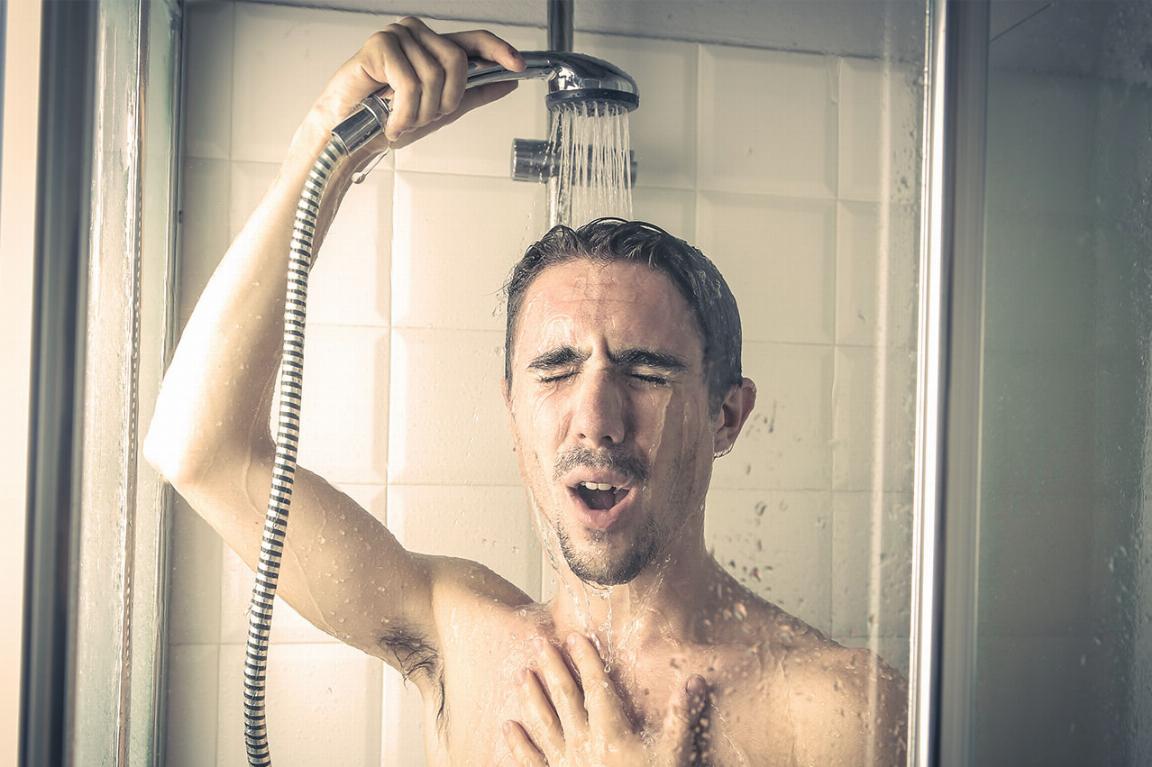Low hot water pressure can turn everyday tasks like showering or doing the dishes into frustrating experiences. If you've ever wondered why the water from your hot tap comes out in a trickle while the cold water blasts out as expected, you're not alone. Low hot water pressure is a common plumbing issue in many homes, and understanding its root causes is the first step toward fixing it.
In this guide, we’ll explore the most common causes of low hot water pressure, how to identify them, and what steps you can take to restore strong, consistent water flow.
Why Is Only My Hot Water Pressure Low?
Before diving into the causes, it's important to distinguish whether the problem is isolated to your hot water system. If cold water flows freely but your hot water is weak, the issue likely lies within your hot water system, its valves, or associated pipes.
Common Causes of Low Hot Water Pressure
1. Sediment Build-Up in the Water Heater
One of the most common reasons for low hot water pressure is sediment accumulation inside the water heater tank. Over time, minerals from your water supply—especially if you have hard water—can settle at the bottom of the tank or clog the outlet pipes. This sediment blocks water flow and reduces pressure.
Solution:
Flush your water heater at least once a year to remove sediment. If you're unsure how to do this, contact a licensed plumber.
2. Partially Closed Shut-Off Valve
A simple but often overlooked cause is a partially closed shut-off valve on your water heater. This valve controls the flow of water in and out of the tank, and if it’s not fully open, it can restrict hot water pressure.
Solution:
Check the shut-off valve near your water heater. It should be fully open (turned counterclockwise) to ensure maximum flow.
3. Corroded or Narrow Pipes
Older homes with galvanized steel piping often suffer from internal corrosion over time. This corrosion can narrow the inside of the pipes, limiting the amount of hot water that can pass through.
Solution:
If your plumbing is decades old, consider replacing galvanized pipes with copper or PEX piping. A plumber can inspect your system and recommend a suitable upgrade.
4. Faulty Pressure-Reducing Valve (PRV)
Some homes have a pressure-reducing valve installed on the main water line. If this valve malfunctions or is set too low, it can reduce water pressure throughout the home, especially in hot water lines.
Solution:
Have a plumber inspect the PRV and adjust or replace it if needed.
5. Leaking Hot Water Pipes
Leaks in your hot water lines can lead to a drop in pressure. Water may be escaping through tiny cracks or joints before reaching your taps or showerheads.
Signs of a leak:
- Damp spots on floors or walls
- Increased water bills
- Musty smells or mould growth
Solution:
Contact a plumber to perform a pressure test or thermal scan to locate and fix the leak.
6. Hot Water System Issues
The type of hot water system you have—electric, gas, or solar—can also influence water pressure. Older systems or incorrectly sized units may not supply adequate pressure, especially during peak usage times.
Solution:
If your hot water system is more than 10–15 years old, it might be time for an upgrade. Newer models are more efficient and provide better water pressure.
7. Clogged Fixtures or Taps
Sometimes the issue isn’t with the plumbing but with the fixtures themselves. Aerators or filters in your taps and showerheads can collect mineral deposits and debris, restricting water flow.
Solution:
Unscrew the aerators or showerhead, clean or replace them, and check if the pressure improves.
8. Mixing Valve Malfunctions
Thermostatic mixing valves (TMVs) are installed in many homes to regulate the temperature of hot water. If the TMV is faulty or clogged, it can affect pressure.
Solution:
Have the mixing valve checked by a professional plumber. Cleaning or replacing the valve may solve the issue.
9. Municipal Water Supply Issues
Sometimes, the issue lies outside your home. If there’s work being done on the main water line in your area or if the municipal supply has inconsistent pressure, it could affect your hot water.
Solution:
Contact your local water supplier to check if there are known issues or scheduled maintenance.
How to Diagnose Low Hot Water Pressure
If you're dealing with low hot water pressure, follow these steps to identify the cause:
- Test multiple taps – Is the issue isolated to one location or throughout the house?
- Compare hot and cold – Does the cold water have normal pressure?
- Check fixtures – Remove and clean aerators or showerheads.
- Inspect the water heater – Look for signs of sediment, corrosion, or leaks.
- Listen and look – Hissing sounds, damp patches, or mold could indicate leaks.
When to Call a Professional Plumber
While some issues, like cleaning a showerhead or opening a valve, are easy DIY fixes, others—such as pipe corrosion, mixing valve problems, or hot water system failure—require professional help. A licensed plumber can quickly diagnose and fix the problem, saving you time, water, and future headaches.
If you’re located on the Gold Coast or surrounding areas, reach out to a trusted local plumber with experience in diagnosing and fixing hot water pressure issues.
Final Thoughts
Low hot water pressure may seem like a minor inconvenience, but it can point to larger plumbing problems if left unaddressed. By understanding the common causes and knowing when to take action, you can restore comfortable water flow and avoid future plumbing complications.
Regular maintenance of your hot water system, timely repairs, and occasional inspections can help prevent pressure issues before they start. Whether it's a quick fix or a system upgrade, taking control of your home's water pressure ensures efficiency, comfort, and peace of mind.





Comments